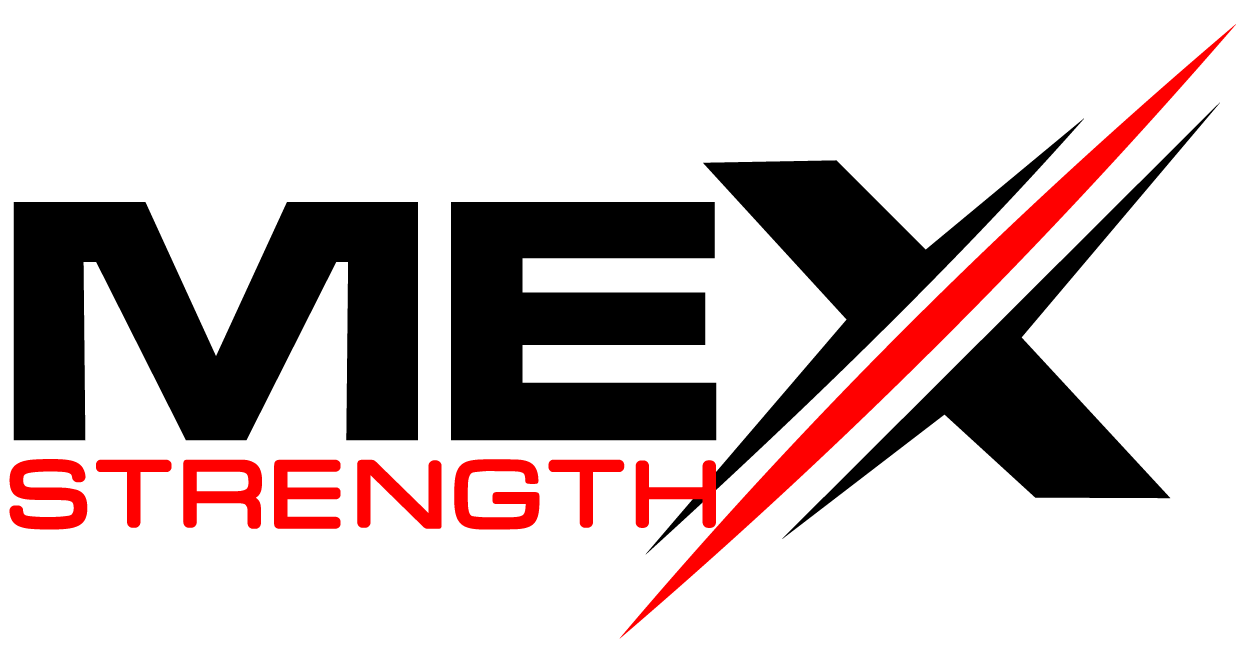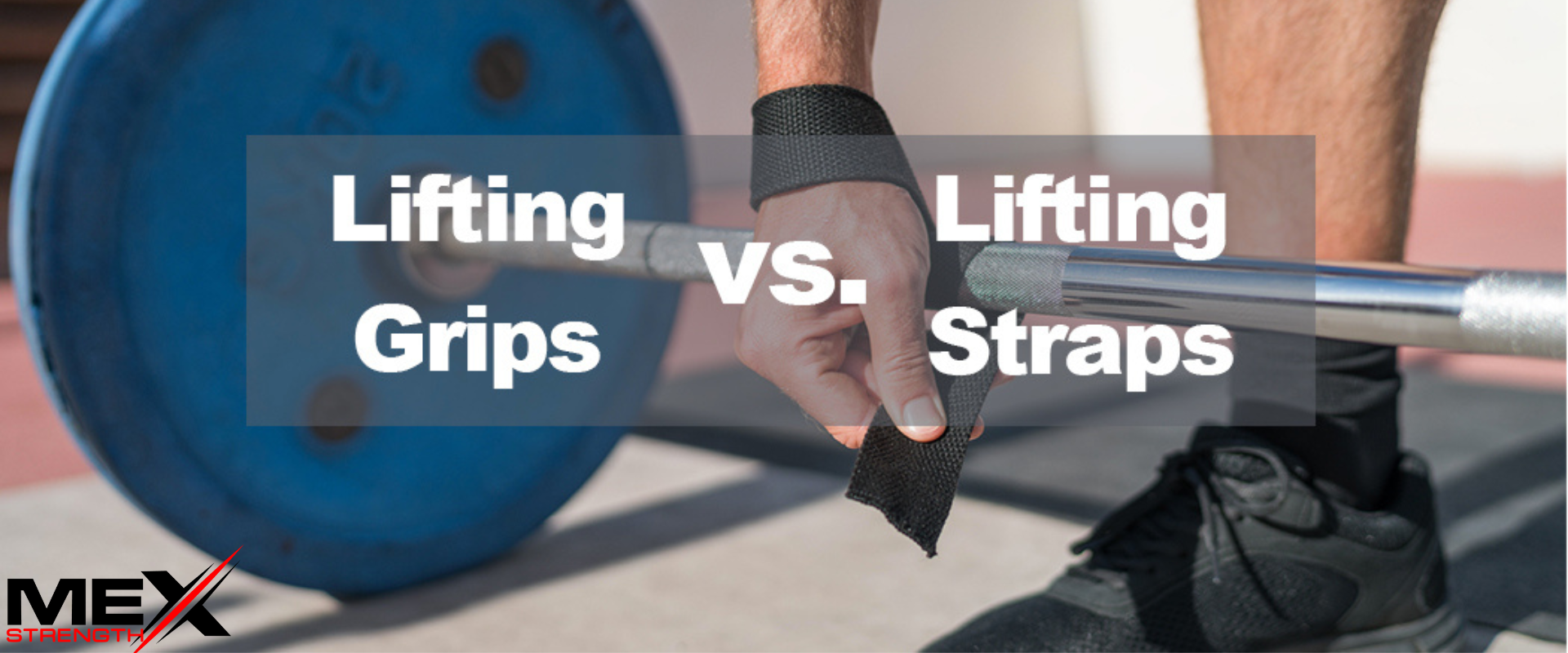As fitness enthusiasts, we all want to lift heavier weights and improve our strength training. However, as we increase the weight, it can become challenging to maintain a proper grip. This is where lifting grips and straps come into play.
In this article, we’ll discuss the differences between lifting grips and straps, and help you decide which one is right for you.
What Are Lifting Grips?
Lifting grips, also known as lifting gloves, are designed to provide a better grip while lifting weights. They’re usually made of neoprene or leather and come in various sizes.
Lifting grips work by covering the palm of your hand and providing a textured surface that enhances your grip. They also help reduce the pressure on your hands and prevent blisters.
Pros Of Lifting Grips
- Improved grip: Lifting grips provide a better grip by increasing the friction between your hand and the weight, allowing you to lift heavier weights.
- Hand protection: Lifting grips protect your hands from calluses, blisters, and other injuries that can occur while lifting weights.
- Comfort: Lifting grips are usually padded, which can help reduce the pressure on your hands, making your workouts more comfortable.
Cons Of Lifting Grips
- Reduced grip strength: Lifting grips can reduce your grip strength over time since you’re not using your hands to grip the weight directly.
- Hygiene: Lifting grips can get sweaty and smelly, and it can be challenging to keep them clean.
What Are Lifting Straps?
Lifting straps are another tool used to improve grip while lifting weights. They’re usually made of cotton or nylon and come in various lengths.
Lifting straps work by wrapping around the weight and your wrist, creating a secure connection between your hand and the weight. This helps you lift heavier weights by transferring some of the load to your wrist.
Pros Of Lifting Straps
- Improved grip: Lifting straps provide a secure connection between your hand and the weight, allowing you to lift heavier weights without relying on your grip strength.
- Increased range of motion: Lifting straps can help you lift weights that you couldn’t lift with just your grip strength, allowing you to target different muscle groups.
- Versatility: Lifting straps can be used for various exercises, including deadlifts, rows, and pull-ups.
Cons Of Lifting Straps
- Dependency: Lifting straps can make you dependent on them, which can limit your ability to improve your grip strength over time.
- Safety concerns: Lifting straps can make it challenging to release the weight in case of an emergency, which can be dangerous.
Which One Should You Choose?
The answer to this question depends on your fitness goals and personal preferences. If you’re looking to improve your grip strength, lifting grips may be a better option. If you’re looking to lift heavier weights and target different muscle groups, lifting straps may be a better option.
Ultimately, the best approach is to try both and see which one works best for you. Some exercises may benefit from lifting grips, while others may require lifting straps.
Using Lifting Grips
Lifting grips can be used in a variety of exercises, including weightlifting, bodybuilding, and powerlifting. They’re especially helpful for exercises that involve pulling, such as deadlifts, pull-ups, and rows.
When using lifting grips, make sure to choose the right size and material for your needs. Lifting grips should fit snugly on your hand, without being too tight or too loose. They should also be made of a durable material that can withstand the wear and tear of your workouts.
It’s also important to keep your lifting grips clean and dry. After each use, wipe them down with a clean towel and allow them to air dry. This will prevent the buildup of bacteria and odor, keeping your lifting grips hygienic.
Using Lifting Straps
Lifting straps are commonly used in powerlifting and bodybuilding exercises, such as deadlifts and rows. They’re especially helpful when lifting heavy weights, as they provide a secure connection between your hand and the weight.
When using lifting straps, it’s important to wrap them around the weight correctly. Make sure the strap is snug around the weight, but not too tight. You should also wrap the strap around your wrist securely, without cutting off circulation.
It’s also important to practice proper form when using lifting straps. Don’t rely on the straps to lift the weight entirely. Instead, use your grip strength to hold the weight as much as possible, while the straps provide additional support.
Alternatives To Lifting Grips And Straps
If you’re looking for alternatives to lifting grips and straps, there are other tools you can use to improve your grip strength and lift heavier weights.
- Chalk: Lifting chalk can be applied to your hands to improve grip strength and reduce sweating. It’s especially helpful for exercises that involve pulling, such as deadlifts and rows.
- Wrist Wraps: Wrist wraps provide additional support to your wrists during heavy lifts, helping to prevent injuries and improve grip strength.
- Grippers: Hand grippers are small tools designed to strengthen your grip. They’re especially helpful for individuals who are looking to improve their grip strength for sports or other activities.
Final Thoughts
Choosing between lifting grips and straps ultimately comes down to personal preference and fitness goals. Both tools can help improve your grip strength and lift heavier weights.
It’s important to use lifting grips and straps correctly and practice proper form to prevent injuries and maximize the benefits of these tools. Additionally, incorporating other grip-strengthening tools, such as chalk and grippers, can further enhance your performance and prevent injury.
We hope this article has helped you understand the differences between lifting grips and straps and provided insight into how to use these tools effectively. Happy lifting! For more details visit our website.


